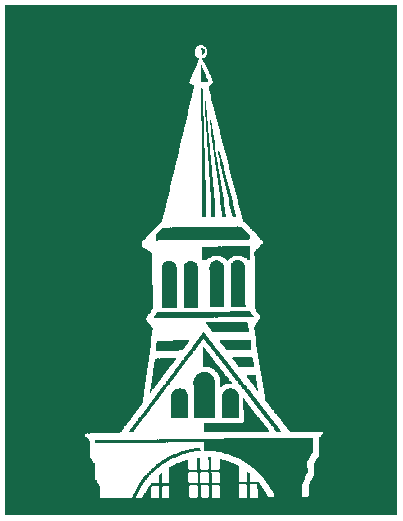Letter from SPENCER FULLERTON BAIRD to GEORGE PERKINS MARSH, dated December 28, 1876.
Primary tabs
Dear Mr. Marsh:
I find in re-arranging my papers a package of wood cuts that I obtained for you nearly two years ago & which I supposed had gone forward long since. They are intended to illustrate the possibility of engraving complicated pictures on wood from photographs printed upon the surface from negatives. The photographs in question were taken by Maj. Powell on his expedition and the stereoscopic negatives were printed direct on the blocks.
I now send them after the long delay knowing your interest in everything connected with this branch of art.
We got back from the
Centennial about two weeks ago, after a residence there
of several (7) months. My particular object in staying so long was to secure as much
as possible of the exhibits of foreign commissioners. I was fortunate in that, as I
obtained nearly everything of an animal, mineral & vegetable character
belonging to the various governments & have an accumulation in the
Government Building at Philadelphia that is appalling to look upon. What we shall
ever do with it all I do not know as I estimate the entire amount at about 30 or 40
carloads.
We are trying to get Congress to give us a building of about 300 feet square to accommodate the collection. Whether successfully or not is yet to be ascertained.
With love from everybody, Believe me
Sincerely yoursSpencer F BairdHon. Geo. P. Marsh.U.S. Minister.Rome.
[The following written vertically in left margin of the page.]
Italy was
one of the few countries from which we got nothing.
References in this letter:
The international exhibition to celebrate the centennial of American independence was held in Philadelphia. Many items displayed in the exhibits were brought back to Washington, significantly increasing Smithsonian holdings.
Geologist and ethnographer, John Wesley Powell (1834-1902), took part in the 1869 expedition to the canyons of the Green and Colorado Rivers and led the U.S. survey of the Rocky Mountain region in 1870. He was Director of the Bureau of Ethnology at the Smithsonian Institution, in charge of a systematic study of Indian tribes and from 1881 to 1894 headed the U.S. Geological Survey.
The stereoscope was an optical instrument popular at the time. Viewers experience a sense of depth when their two eyes simultaneously look at slightly different versions of the same scene.

